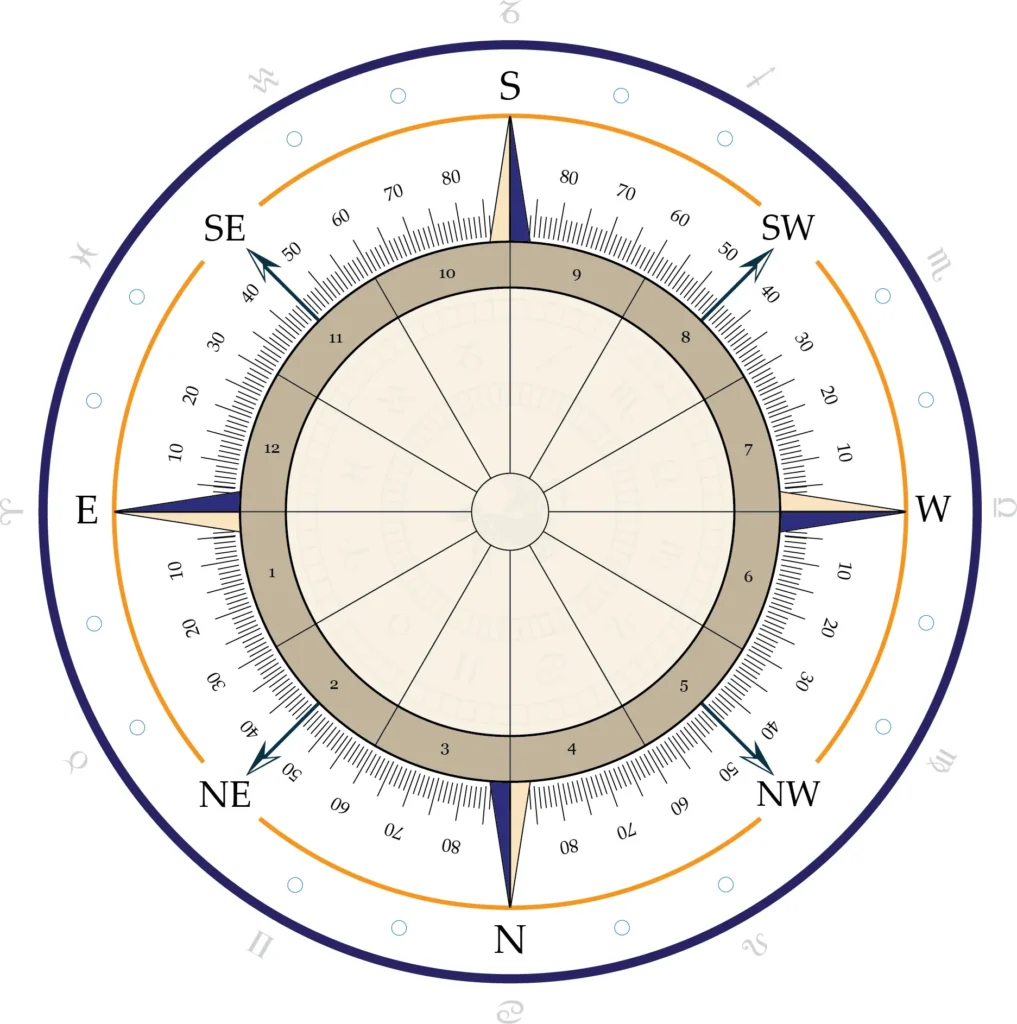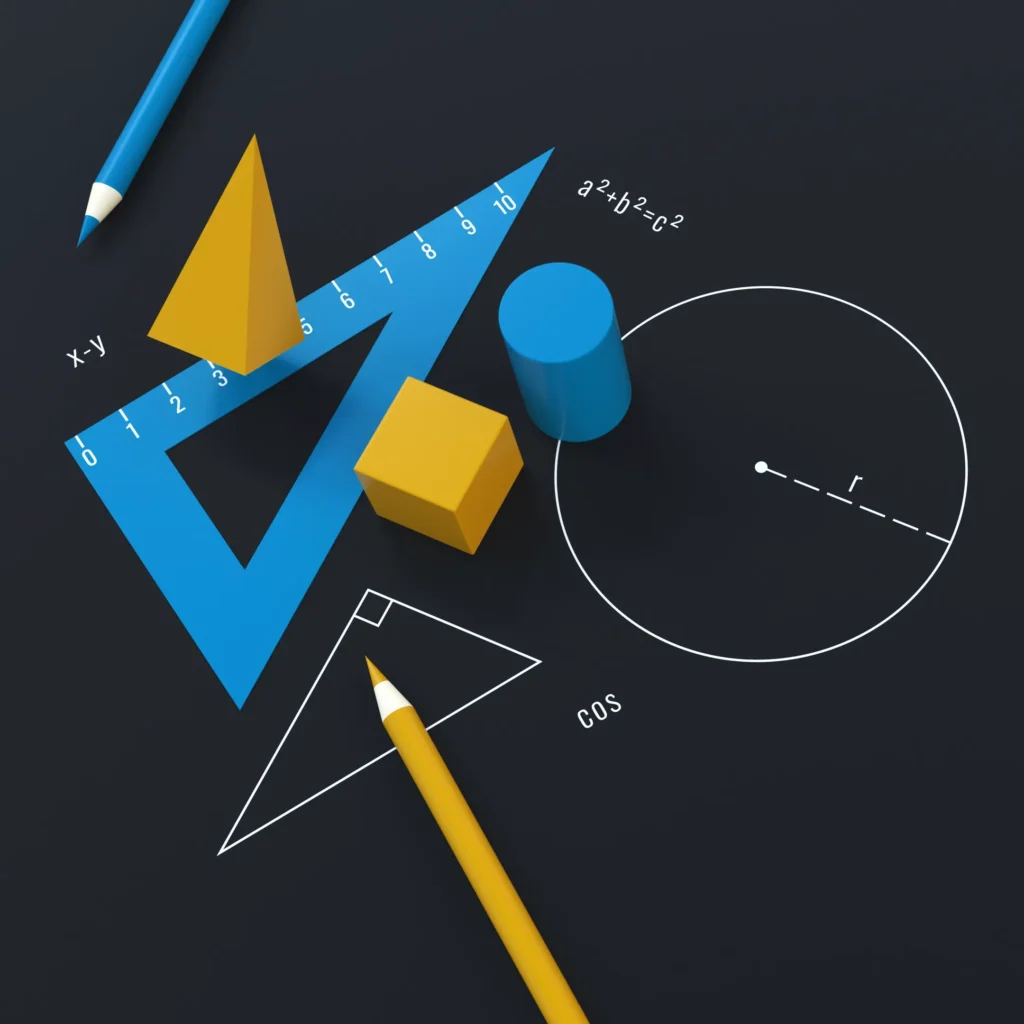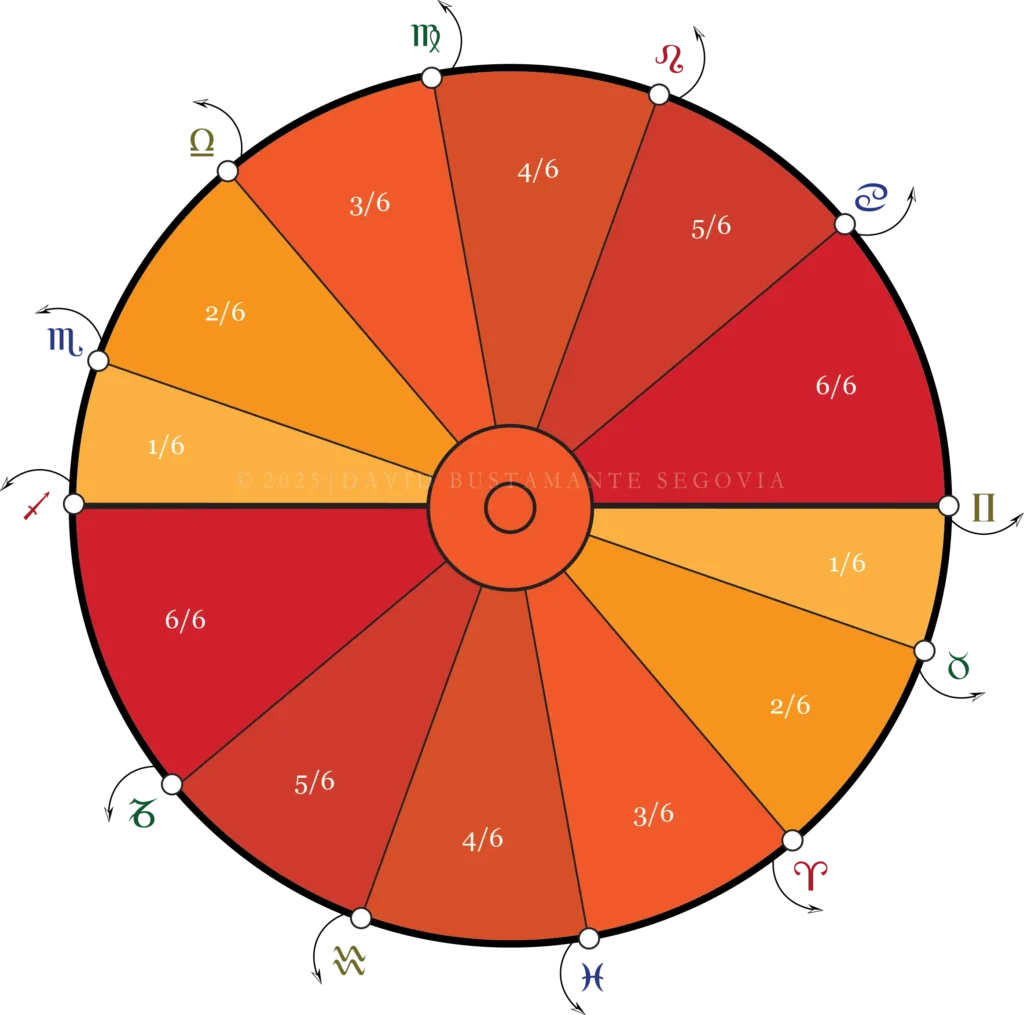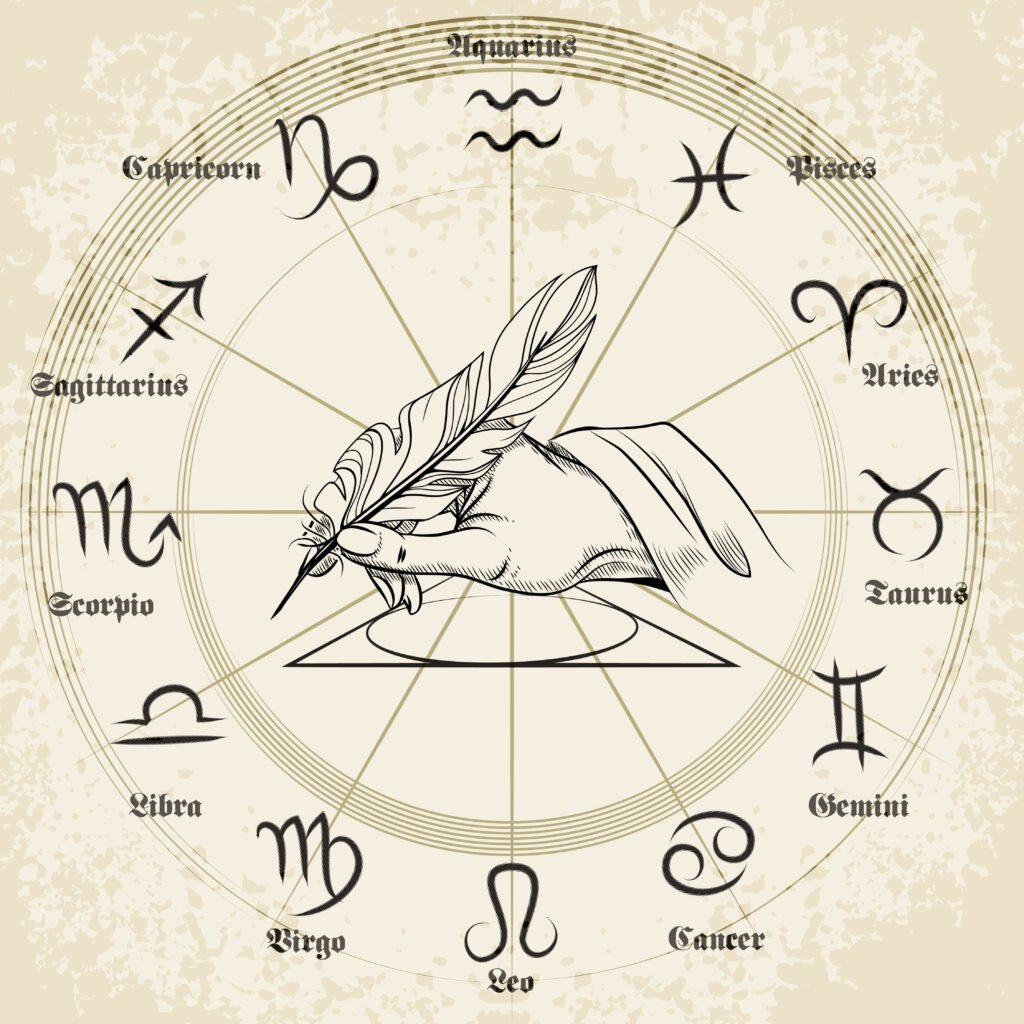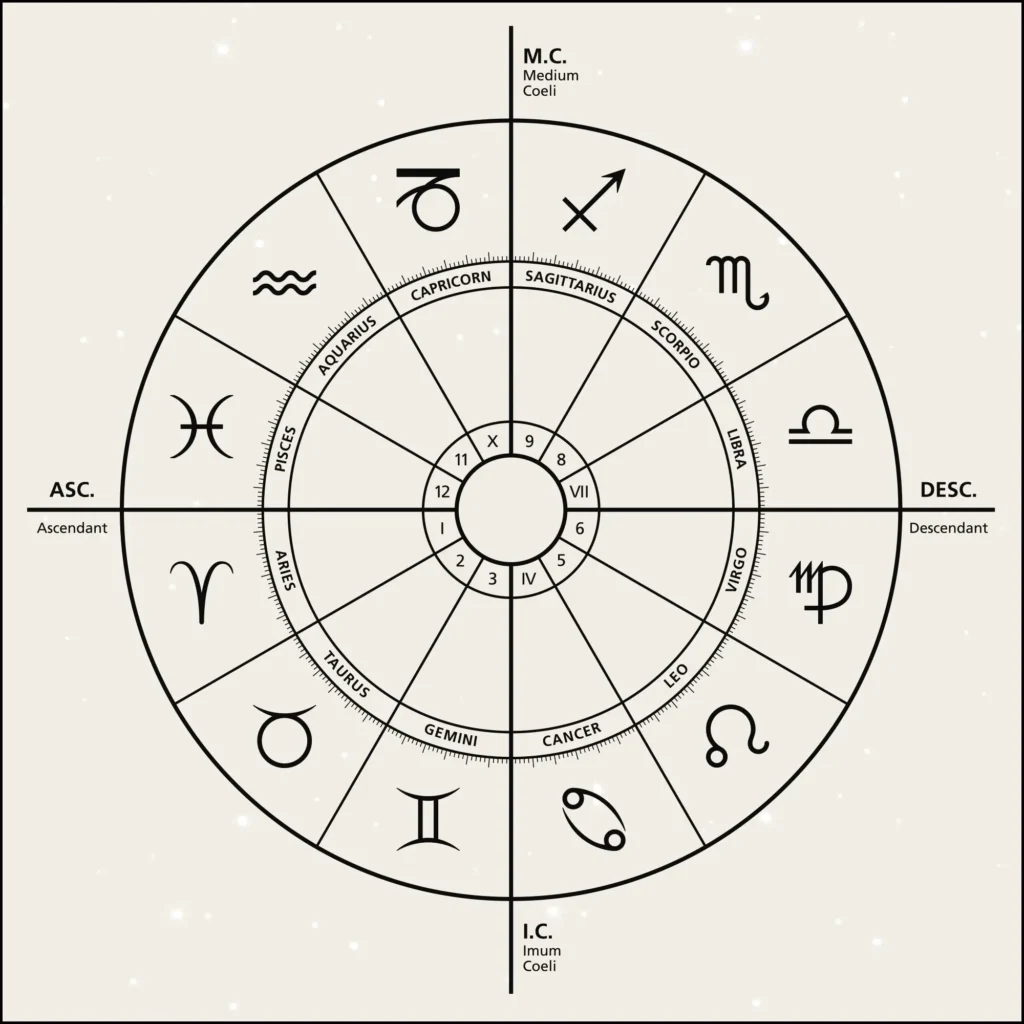
Is the belief in (a false) symmetry compromising astrologists’ objectivity?
This article was originally published on 7 October 2024. Because the language of the article was later deemed confusing to a section of the community by the author, he decided to rewrite the thesis of the article and his arguments on 2 April 2025, the result of which is as follows.
I
INRODUCTION
In his book Lost in Math. How Beauty Leads Physics Astray (2020), German theoretical physicist Sabine Hossenfelder argues: “Physicists are convinced that the best theories are beautiful, natural, and elegant, and such a standard establishes which theories are popular and which are disposable.” According to Hossenfelder, this is the reason why “we have not seen a breakthrough in the fundamentals of physics for more than four decades. […] The belief in beauty has become so dogmatic that it now conflicts with scientific objectivity […] Physicists must rethink their methods. Only by accepting reality as it is will science be able to discover the truth.”
Is the same true in the field of astrology? What is symmetry, then, really? What characteristics must a phenomenon collect in order to be categorised or classified as ‘symmetrical’?
II
DEFINE SYMMETRY
Plato, Aristotle, and Immanuel Kant considered that we were before symmetry whenever we could confirm or verify uniformity or balance, beauty and order. Indeed, they went so far as to argue that beauty or sensitivity to it can contribute to the perfection of an idea, perhaps because it imposes the need to eliminate contradictions or to explain, in a coherent way, exceptions to the rules.
Within the domain of geometry, for example, it can be observed that, irrespective of the spatial orientation of a triangular form, its fundamental configuration is preserved, with one vertex consistently oriented superiorly and the remaining two directed laterally. This principle extends to other geometric figures such as circles and rectangles, wherein their directional attributes of their constituent vertices remain invariant under positional reversal. Similarly, in the disciplines of physics and astronomy, notwithstanding the establishment of distinctions between disparate frames of reference (such as the observational perspectives from Earth versus Uranus or the Sun), the fundamental principles governing natural phenomena remain unchanged, that is, exhibit temporal and spatial invariance within any given frame of reference (e.g. any one specified latitude, velocity, or dimension). Consequently, the empirical validation of Einstein’s theory of relativity, both its special (velocity-dependent) and general (gravitational) expressions, as well as numerous other established physical laws, is possible or sure amongst any planet in our solar system.
Symmetry is not immediately apparent in all natural phenomena or conceptual frameworks, however, until the underlying mechanisms of action are elucidated. An example may be the historical dichotomy between the geocentric and heliocentric models of the cosmos. From the perspective of a terrestrial observer, the geocentric model presents a semblance of symmetry and logical coherence, as the celestial sphere demonstrably appears to revolve around the Earth. Conversely, representing the Earth-bound observer’s viewpoint from the perspective of the Sun or a solar observer poses or presents an asymmetry for those on Earth, as while it accurately indicates our position within the solar system, it does not directly reflect or articulate our experienced reality on Earth. Consequently, a preliminary external representation of the solar system might suggest symmetry without actually being symmetrical.
Let us now address the apparent symmetries observed among various models or houses within the field of astrology.
III
SYMMETRIES BETWEEN THE HOUSE SYSTEMS
Sign houses or whole signs | Hellenistic period (3rd century BC – 1st century BC) | The exclusive utilization of a singular operational plane, specifically the tropical Zodiac or the ecliptic, exonerates the user or practitioner from conducting the rest of astrographic measurements pertaining to the local horizon. Consequently, the astrograph will invariably present an equipartite division of ‘houses’ (i.e. signs or segments of the ecliptic employed as if they were houses). This perceived symmetry, however, is not only apparent or illusory; it is, in fact, false, as it is exclusive to the ecliptic, not inherently characteristic of the astrograph or event under consideration. As a result, it is the only ‘house’ system wherein the first region of the chart concurrently encompasses both the light of day and the darkness of night, existing both above and below the horizon. While it is acknowledged that the rising sign in any house system, quadrant or not, may exert influence across both sides of the local horizon, this characteristic does not extend to the ‘house’ itself, so long as ‘house’ is understood or otherwise defined as a distinct sector, segment, or region, not of the ecliptic or the external celestial sphere, but of the internal celestial vault and the local horizon, whose demarcations or cusps are solely determined by ascensional times in accord with terrestrial latitude.
Equal houses | Hellenistic period and/or 2nd century AD (Ptolemy) | Herein we resort to a mensuration procedure that proponents of the aforementioned model integrate into their own (non-regional) ecliptic or zodiacal house system: the ascensional degree, that is, the degree of the ascending sign that intersects the local eastern horizon line, conventionally denoted as the ASC. Upon its ascertainment or identification [1], the remaining house ‘cusps’ are demarcated or partitioned utilizing precisely the same ascending degree of that natal chart. Therefore, an equipartite division of the chart is again evident, and its nature is not only apparent; it is, in fact, also false, for the zodiacal degree employed as a reference point for the subsequent houses is exclusively applicable to the first house and not to the others. To elaborate, while it is verifiably the case that this specific zodiacal degree intersected the local eastern horizon line, it is not the case that the identical degree of the remaining signs will intersect the lines corresponding to the other (intermediate or cardinal) directions of the local horizon, which is to say, the other hour lines or temporal demarcations (i.e., ascensional times).
Houses of Porphyry | 3rd century | Here, we undertake a further procedural step or institute an additional mensuration exercise that proponents of the initial model (sign houses) also integrate into their own (non-regional) ecliptic or zodiacal house system. This entails the local degree of culmination, commonly referred to as the MC. Upon its ascertainment or identification [2], the cusp of the tenth house is thereby established. Subsequently, the total angular extent encompassed within each quadrant is partitioned into three equal sectors, resulting in each house within the same quadrant possessing precisely the same angular length (one third of the total degrees within said quadrant). In this regard, we again encounter a symmetry that is as illusory as it is false, given that the cusps thus derived do not accurately reflect the true position (relative to the local horizon) of the zodiacal degrees that are fulfilling one third of their diurnal/nocturnal semiarc (or one sixth of their complete diurnal/nocturnal arc) at said latitude. It is pertinent to note, however, that this methodology proves particularly useful or efficacious at equatorial or near-equatorial latitudes (10° north or south), that is to say, a way of not bothering ourselves with relatively unnecessary precisions (save when the formulation of predictions via primary directions is intended, of course).
Alcabitius and Koch | 10th century and 20th century, respectively | Here, our focus shifts, for the first time, to ascensional times, albeit exclusively in relation to a singular degree: the ascensional degree (ASC) in the Alcabitius system, or the culminating degree (MC) in the Koch system. In the Alcabitius method, the first three houses or regions of the local horizon (3, 2, 1) are established by trisecting the amount of time [3] that this specific degree would require to complete the first half of its ascensional process (from the IC to the ASC) at a given latitude. This is equivalent to trisecting the amount of time that the Sun would require to complete the first half of its ascensional process, given that each zodiacal or ecliptic degree represents a solar temporal marker or footprint (the signs corresponding to months and their degrees to days, yes). Similarly, the last three houses (12, 11, 10) are established by dividing into three equal parts the amount of time that the same (not another) degree invests in completing the second half of its ascensional process (from the ASC to the MC). Once these six (also fictional) cusps are determined, their diametrically opposite counterparts are simultaneously or automatically derived. In the Koch system, the aforementioned procedure is to be conducted identically, although applied to the degree of culmination, the MC, rather than to the ascensional degree, the ASC. Consequently, this method moves this point of the ecliptic back two quadrants relative to the local horizon (whereas Alcabitius would perform this operation only once backward, then once forward).
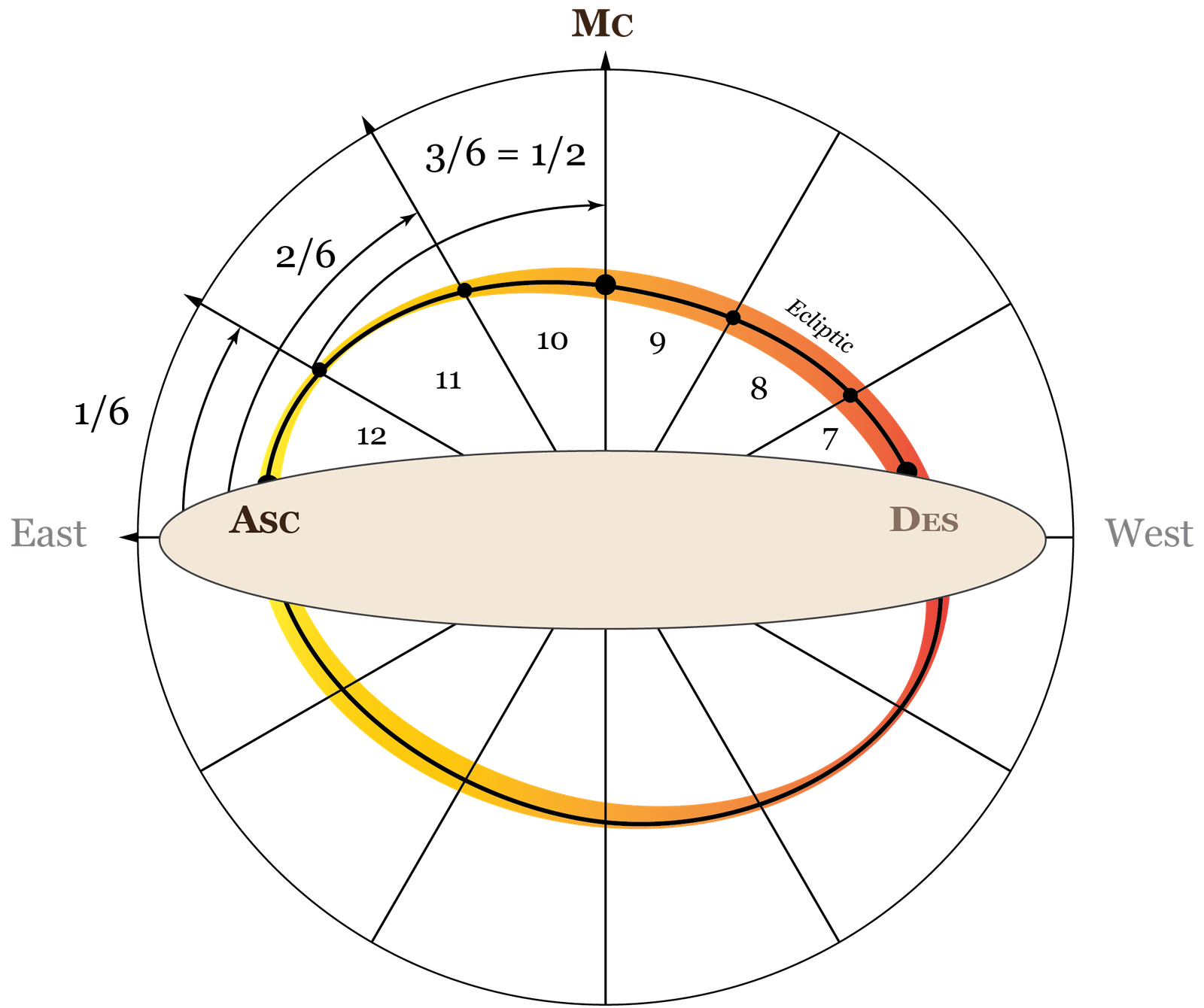
Natural or Relative Houses | 2nd century (Ptolemy), 12th century (Abraham ibn Ezra), 16th century (Giovanni Antonio Magini), 17th century (Placidus de Titis) | It is exclusively within this framework that we are concerned with executing, fulfilling, or following the aforementioned procedure (Alcabitius or Koch) with respect to all points along or throughout the ecliptic. The objective is to ascertain or identify which of these points are fulfilling one (1/6), two (2/6), three (3/6), four (4/6), five (5/6), and six (6/6) sixths of their diurnal arc, which consequently establishes each of the six sixths of the nocturnal arc. In this context, while in every natal chart each house presents exactly the same length as its diametrically opposite counterpart, and by extension, each quadrant the same as its opposing quadrant, irrespective of whether the measurement is spatial (sign houses, equal houses, Porphyry) or temporal (Alcabitius/Koch), albeit incomplete, only in this specific instance will such symmetry be real, true, natural, not fictional nor artificial. This is because each cusp always necessarily reflects one sixth (1/6) of its own arc (i.e. the arc of that specific cuspal degree). We therefore are before six distinct trisections, rather than a singular trisection applied indiscriminately to all degrees above or below the horizon. The discrimination inherent in the Placidus method of house division thus respects the daily motion of the Sun at a given latitude throughout the year, exhibiting thereby perfect concordance or harmony with seasonal hours (more commonly or otherwise inconveniently termed ‘planetary hours’) and the predictive method known as primary directions (whose origins can be traced back to Ptolemy in the 2nd century).

IV
CONCLUSION
⦿ From a strictly visual, as opposed to a natural, perspective, it can be asserted that each model exhibits a distinct symmetry. However, it is crucial to differentiate between symmetries that are inherent (true) and those that are merely apparent (false). From both the visual and the natural standpoint, only the latter category of house systems can be considered ‘genuinely’ symmetrical, as they accurately reflect the symmetry of the diurnal or primary motion, whereas the remaining systems embody a construct that contravenes the observable truth or reality of the celestial sphere. Returning to the earlier analogy of geocentric versus heliocentric theories, it is the former, not the latter, that introduces a distortion of our terrestrial experience, analogous to how alternative house models deviate from the observational truth of an individual at their specific latitude, be it torrid or tropical, temperate, even polar.
⦿ Among the false or fake symmetries, primary examples include sign houses, equal houses, and Porphyry houses, three mensuration exercises that can be considered functional (i.e. useful or convenient) at equatorial or near-equatorial latitudes (10° north or south), especially Porphyry, whereas Alcabitius and Koch would occupy the second place amongst the false or fictional symmetries, although also functional or useful within equatorial or near-equatorial regions.
⦿ Is it possible that we have a misunderstanding of the concept of ‘symmetry’? Should the term be reserved for instances where a consistently validated physical principle is applied unconditionally and without interruption throughout all observations? If the answer is yes, then the Placidus houses (relative houses due to an exhaustive exercise of primary motion) emerge as the most symmetrical of all house systems [4].
⦿ It may be true that symmetries are not what human beings would like to make of them, but an inherent property of nature that we are called or summoned to reflect or honour in our measurement, not to deny. Consequently, we find ourselves in agreement with Sabine Hossenfelder perspective in theoretical physics, extending this viewpoint to the astrological domain, not solely from the standpoint of the current, and arguably stagnant, state of quantum physics.
“An [egocentric] belief in beauty has become so dogmatic [blind or unthinking] that it now conflicts with […] objectivity [or reality].”
____________
[1] Also on the basis of ascensional times. That is to say, notwithstanding its potential derivation through trigonometric calculation or consultation of pertinent trigonometric tables, its establishment is ultimately contingent upon the Sun’s position when it occupied that specific point on the ecliptic or Zodiac. An astrolabe calibrated for relevant latitude can serve as a verification tool, as can empirical observation.
[2] Ibid.
[3] That is, not the Zodiac or the total number of zodiacal degrees, as these constitute a spatial construct. The Zodiac represents a spatial system, while its relationship to the local horizon (for the purpose of establishing cusps) constitutes a strictly spatio-temporal system, as conceptualized by Minkowski (1908) and Einstein (1915).
[4] Although this latter (differentiated) modality of measurement may present or reflect an apparently non-symmetrical division of the houses, it is fundamentally symmetrical from the perspective of each individual cuspal degree. It thus constitutes a simultaneously uninterrupted measurement of the ecliptic relative to the local horizon, respecting spacetime thereby and avoiding the treatment of space as a variable independent of time (as in sign houses, equal houses, Porphyry) or of time as a variable independent of space (as in Alcabitius, Koch).
V
BIBLIOGRAPHY
See more related articles in this blog, as well as:
Bustamante, David. (2024). “Time Dilation according to Tropical Astrology and Why the Placidus Measurement of Astrographic Regions is Compatible with Relativity Theory.” Zenodo and PhilArchive repositories. https://zenodo.org/records/13902128, https://philarchive.org/rec/BUSTDA-5
Bustamante, David. (2024). “Illustration of the Placidian Mechanism of Action” Retrieved from: https://zenodo.org/records/14452568
Bustamante, David. (2024). “Luís Ribeiro’s Fascinating Astrolabe” Retrieved from: https://zenodo.org/records/14552811
Carroll, Sean. (2022). The Biggest Ideas in the Universe. Space, Time, and Motion. Dutton. Penguin Publishing Group. New York.
Chatham, Rhys. (Abril 2, 2021). “Placidus versus Alcabitius House System.” Rhys Redmond Chatham Astrology. Retrieved from: https://rhysastrology.fr/placidus-vs-alcabitius/
Forest, Steven. (2023) “Why I Use Placidus Houses. Forest Astrology.” Retrieved from: https://www.forrestastrology.com/blogs/astrology/why-i-use-placidus-houses
Holden, Ralph. (1977). The Elements of House Division. Raven Dreams Press (reimpreso, 2023). Boulder, Colorado, Estados Unidos.
Louis, Anthony. (Diciembre 28, 2022). “Space-Time and Astrological House Systems.” Anthony Louis Astrology Blog. Retrieved from: https://tonylouis.wordpress.com/2022/12/28/space-time-and-astrological-house-systems/
Louis, Anthony. (Febrero 23, 2023). “William Lilly’s Squares [λ 90º] acting like Sextiles [λ 60º]!” Anthony Louis Astrology Blog. Retrieved from: https://tonylouis.wordpress.com/2023/02/23/william-lillys-squares-acting-like-sextiles/
Louis, Anthony. (Septiembre 5, 2024). “Can a sextile [λ 60º] act like a square [λ 90º]?” Anthony Louis Astrology Blog. Retrieved from: https://tonylouis.wordpress.com/2024/09/05/can-a-sexile-act-like-a-square/
Placidus de Titis. (1814) Primum Mobile. trans. John Cooper. David and Dickson. Londres, Inglaterra, RU.
Ptolomeo. (1940). Tetrabiblos. Loeb Classical Library. Harvard University Press. Boston, Massachussets. Estados Unidos.
Wackford, Michael. (1994, repr. 2006). “Placido and the semi-arc method of house division.” Skyscript. Retrieved from: https://www.skyscript.co.uk/placido.html
Wackford, Michael. (2003). “The Polar Arcs.” Skyscript. Retrieved from: https://www.skyscript.co.uk/polar3.html

